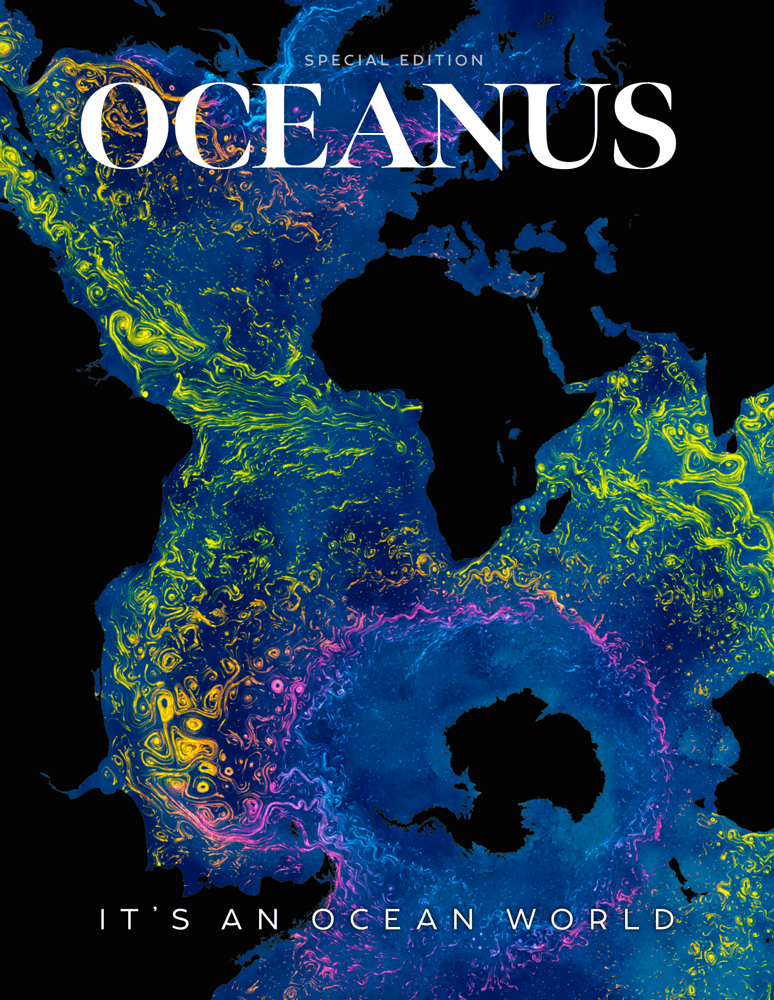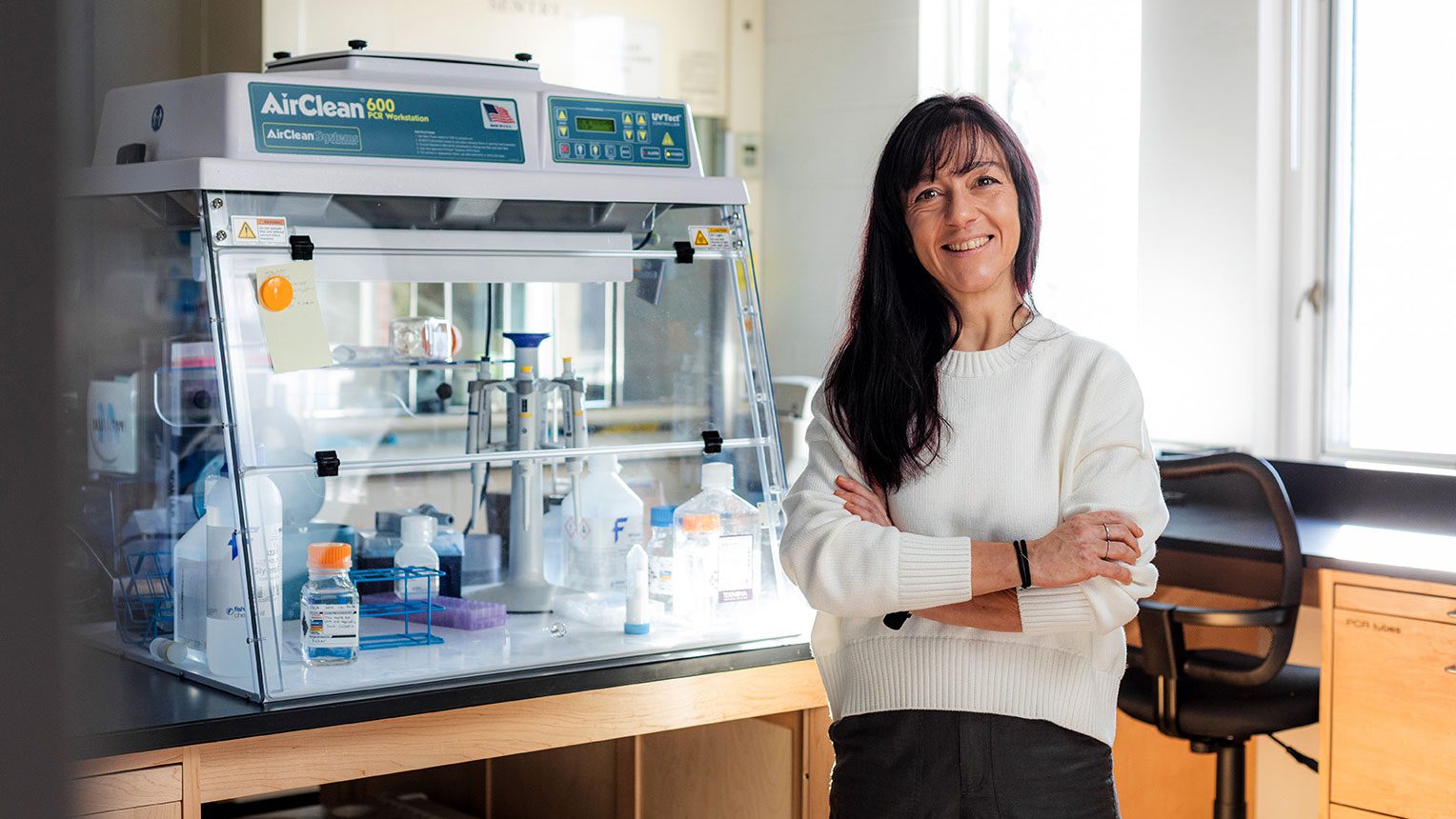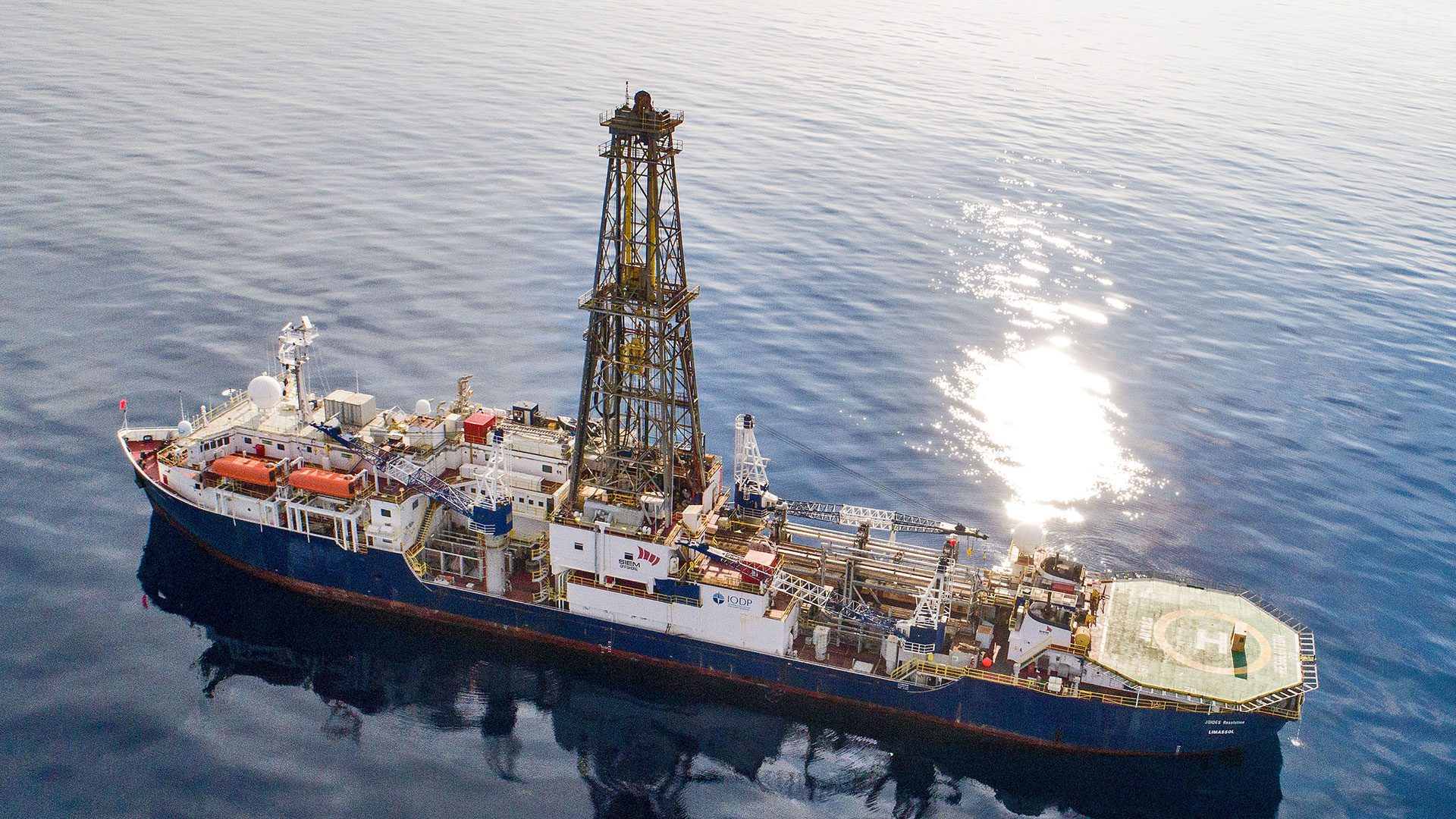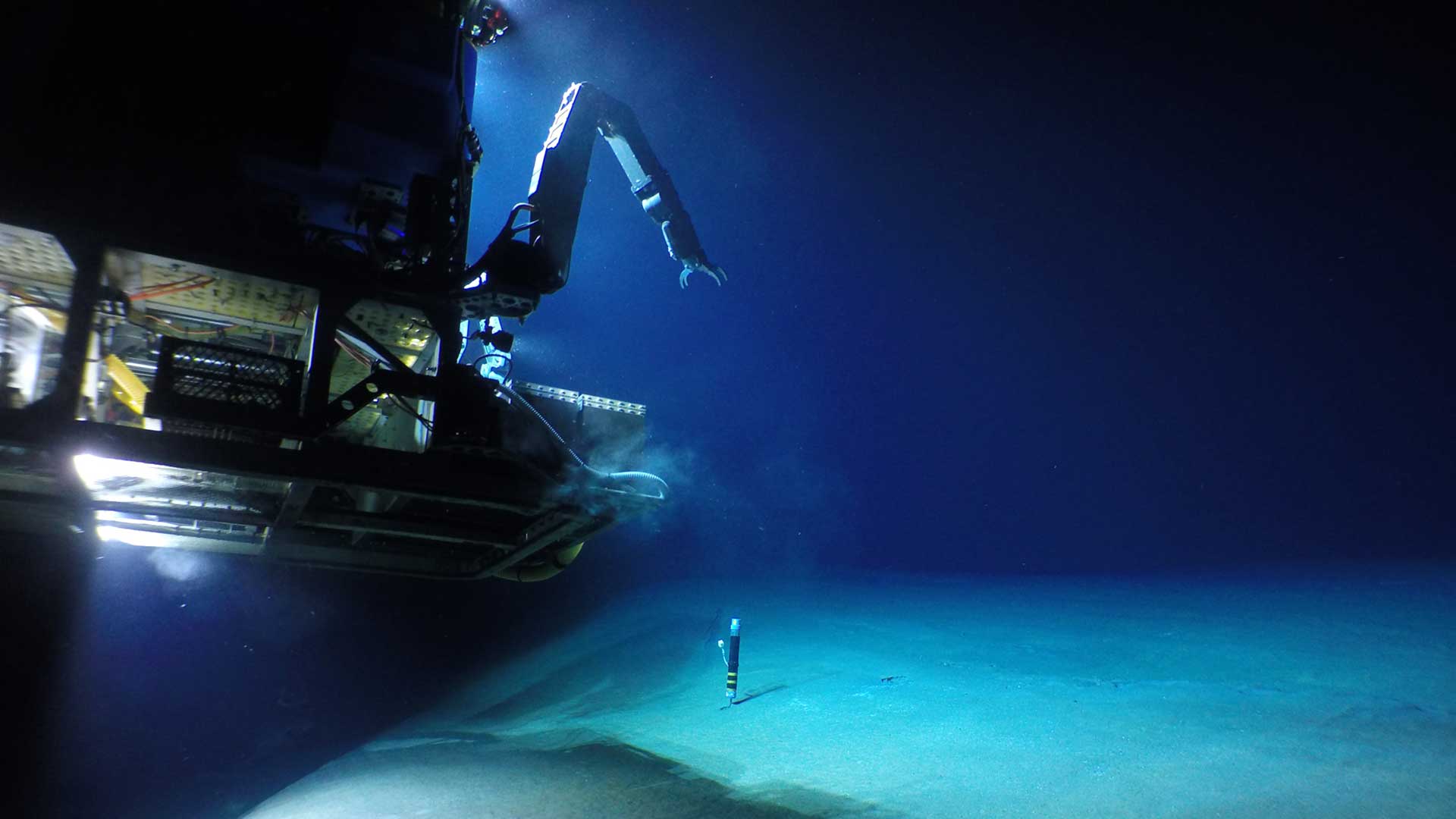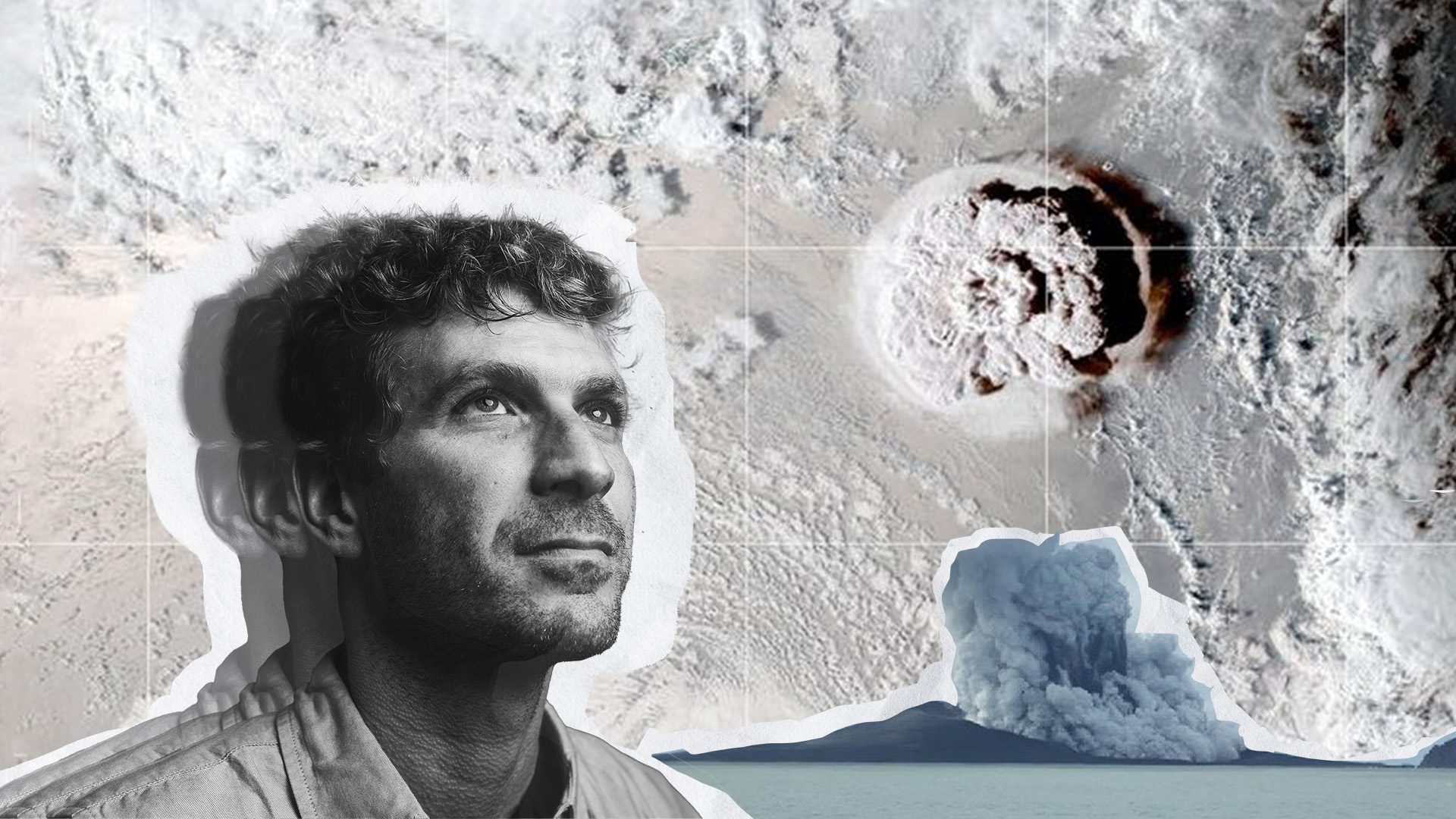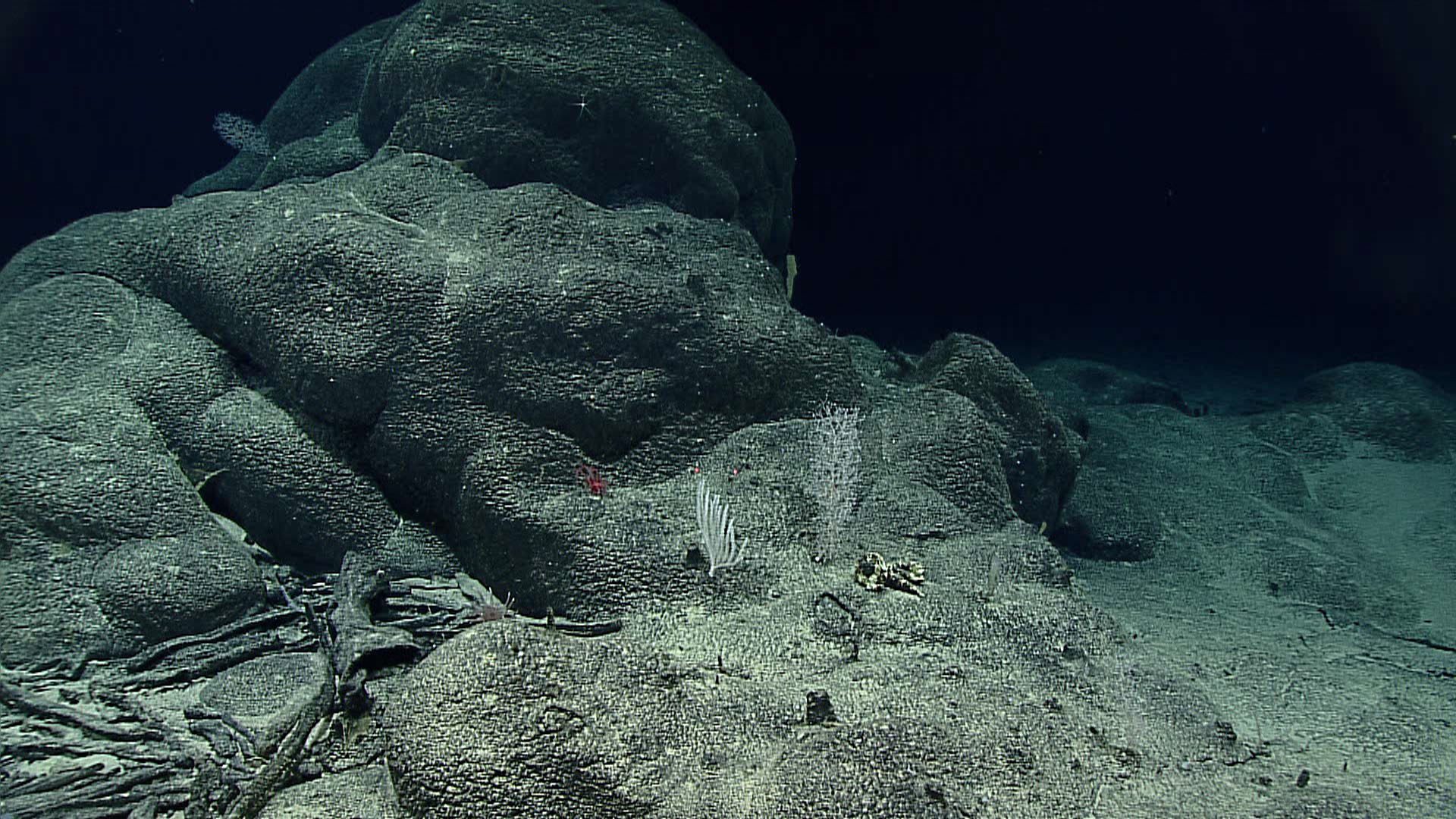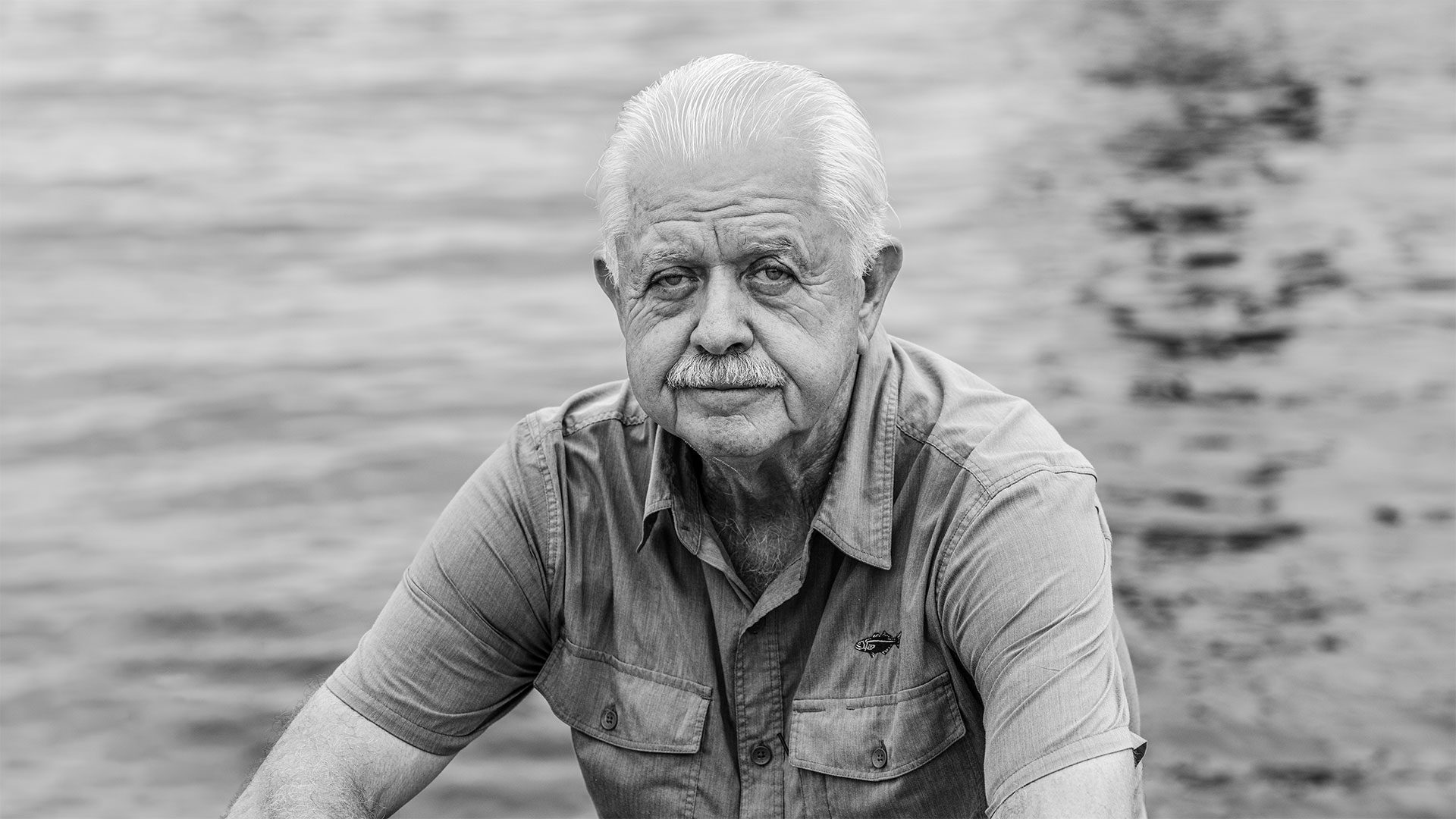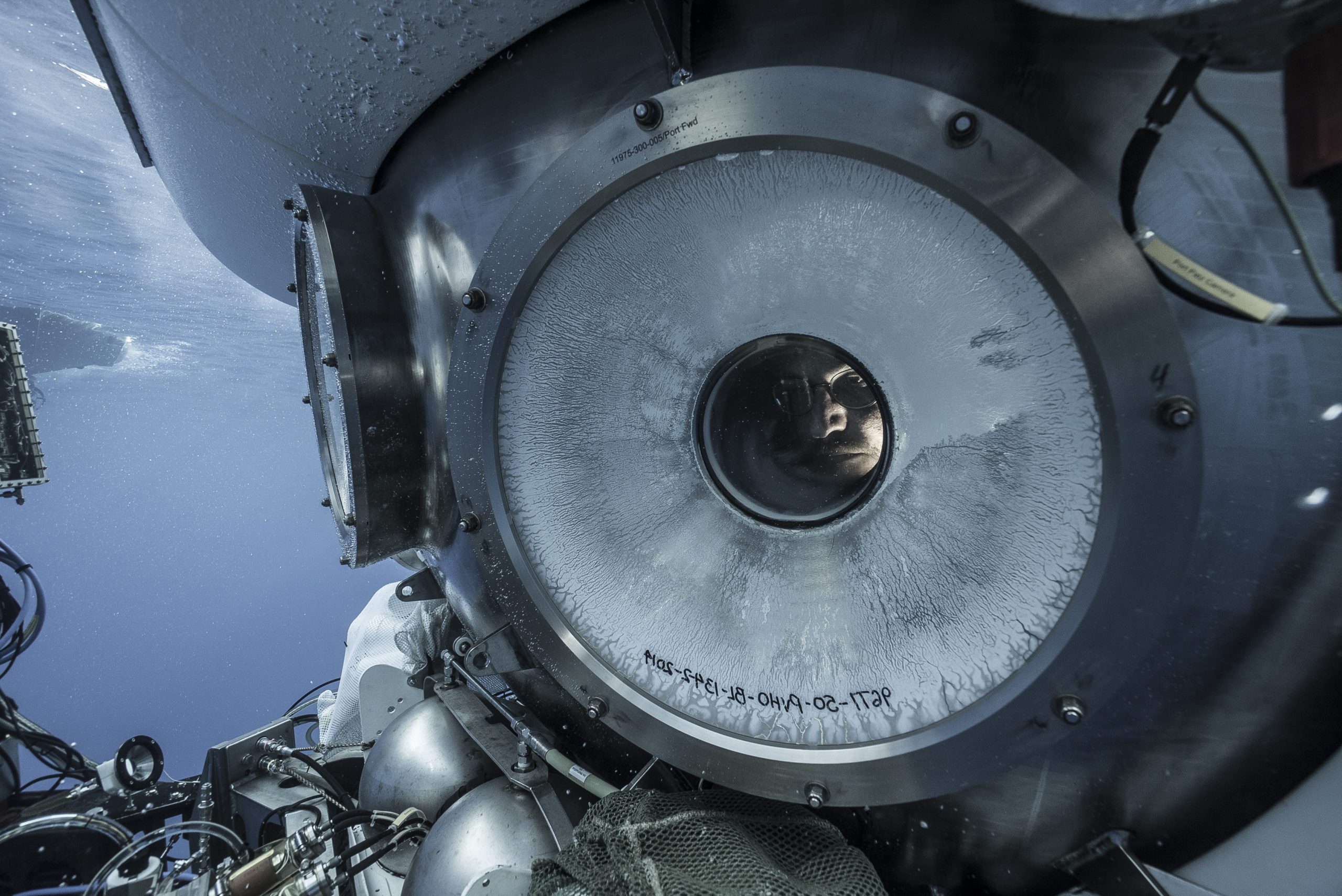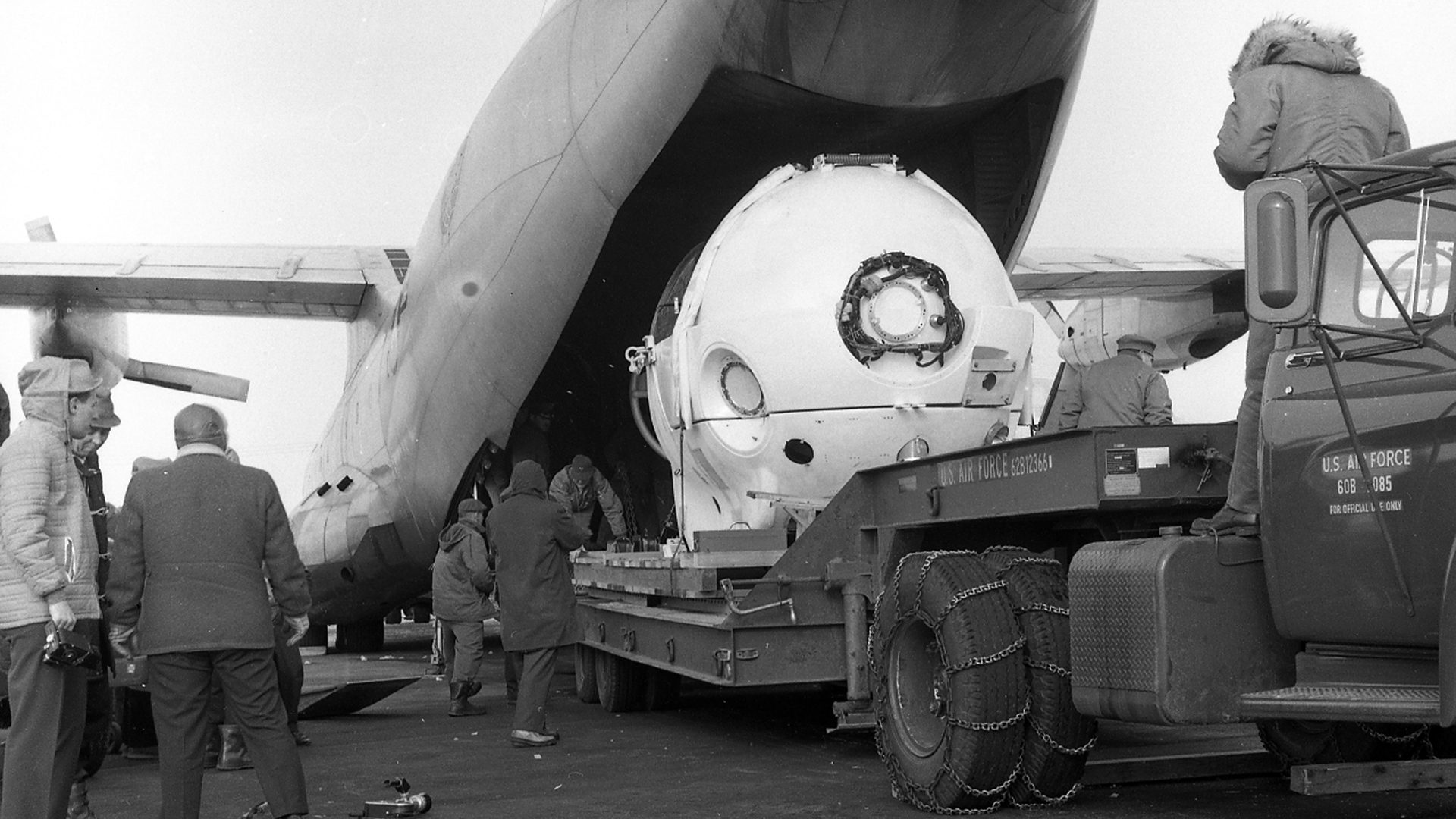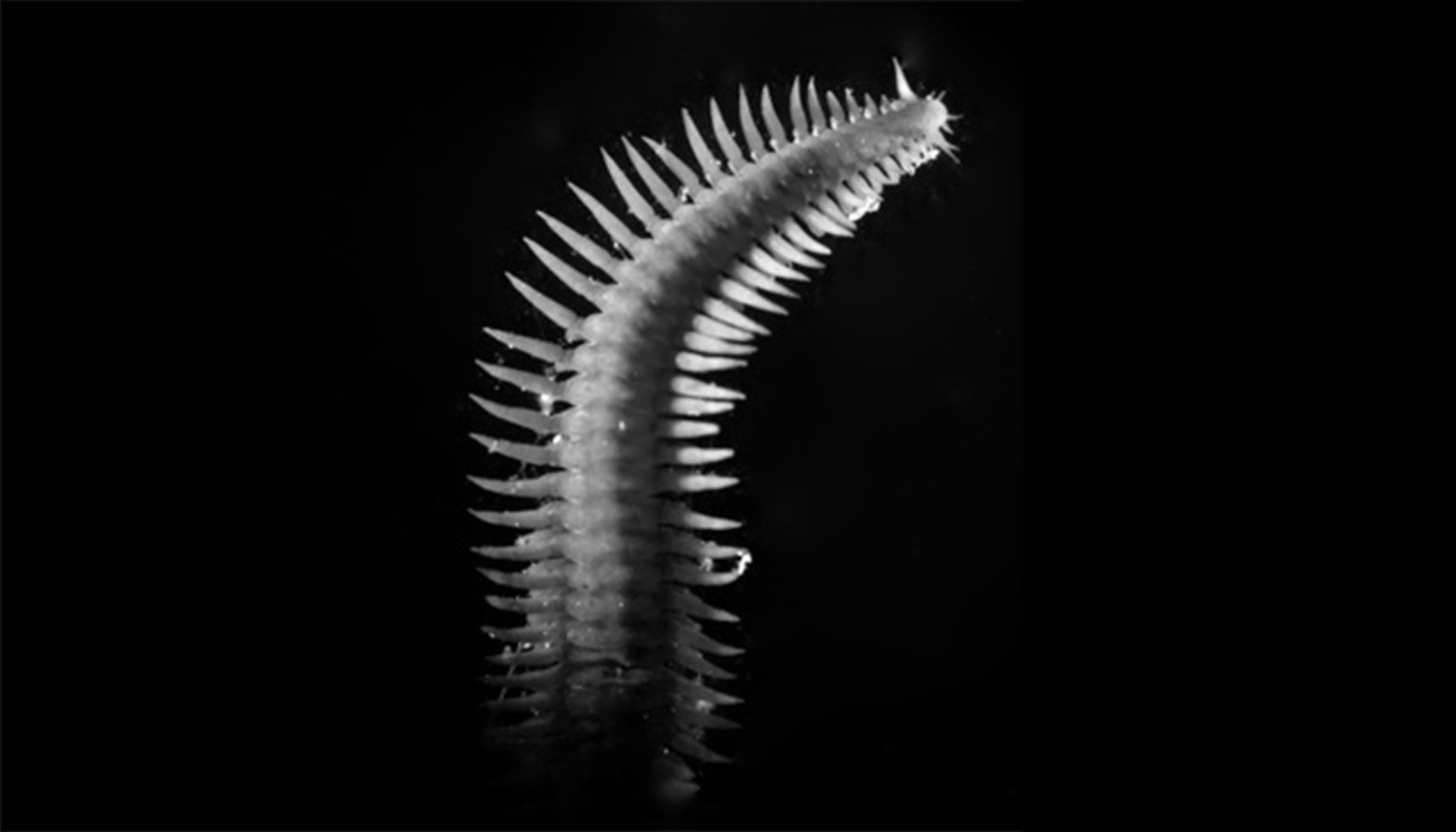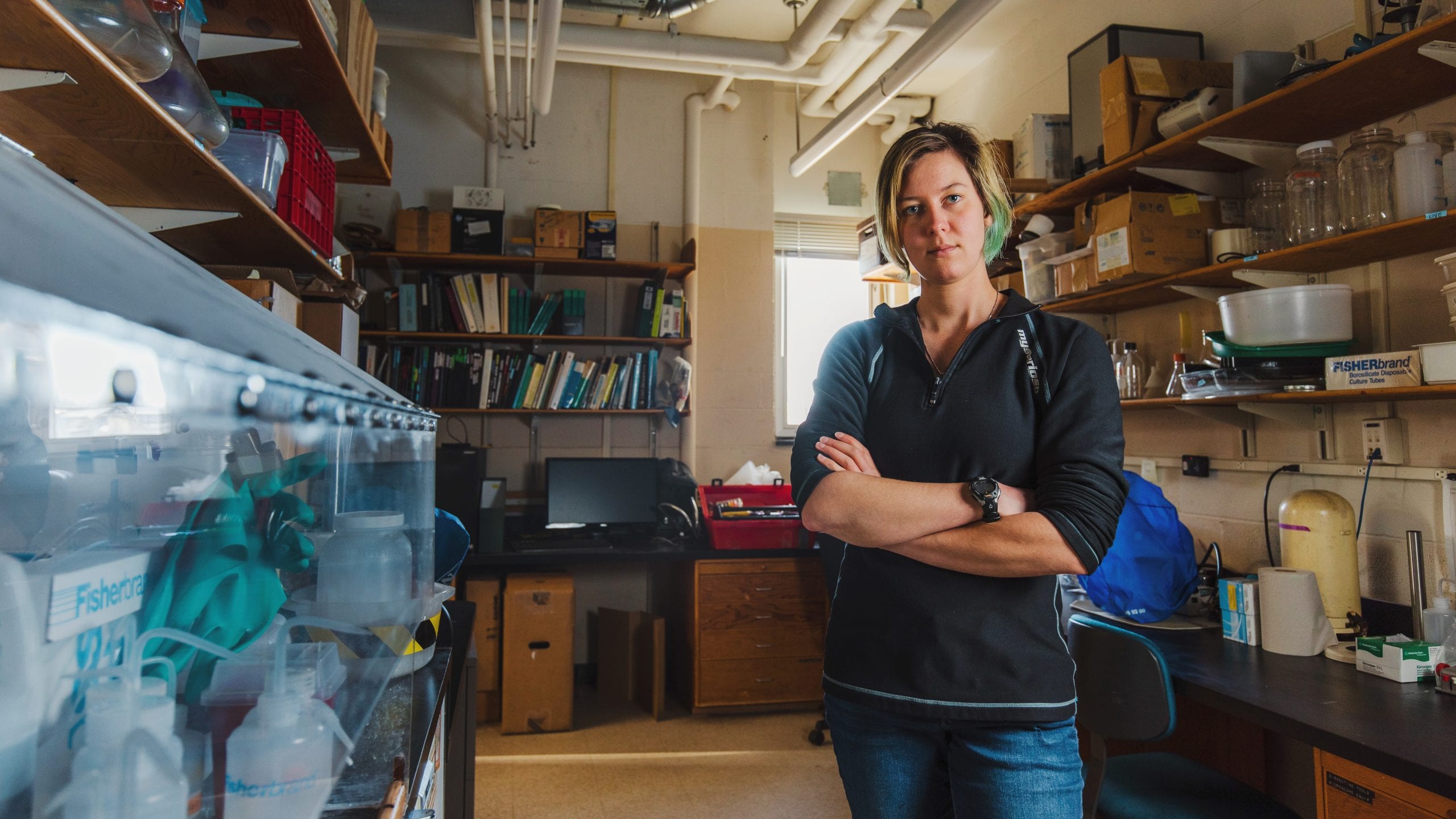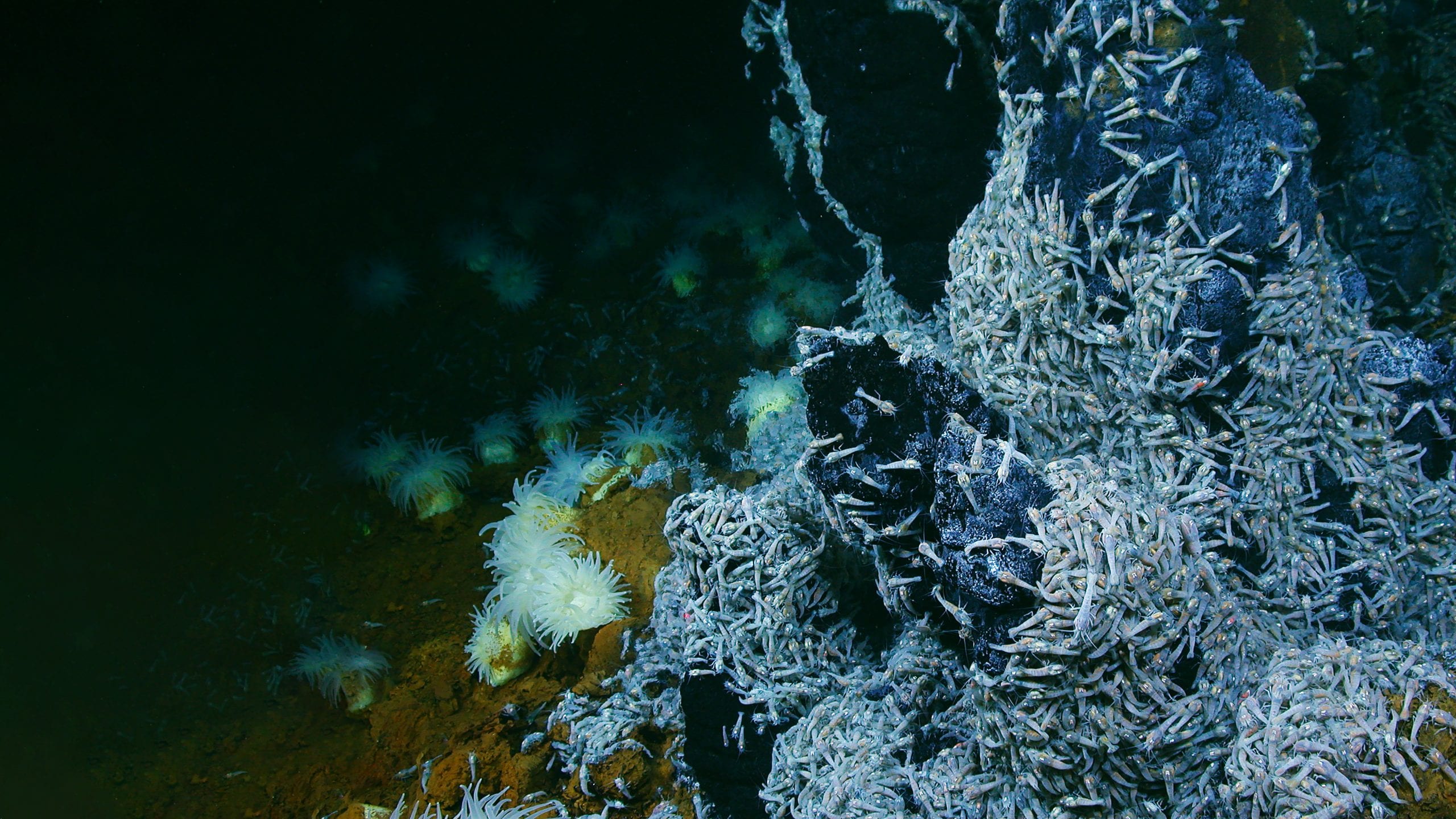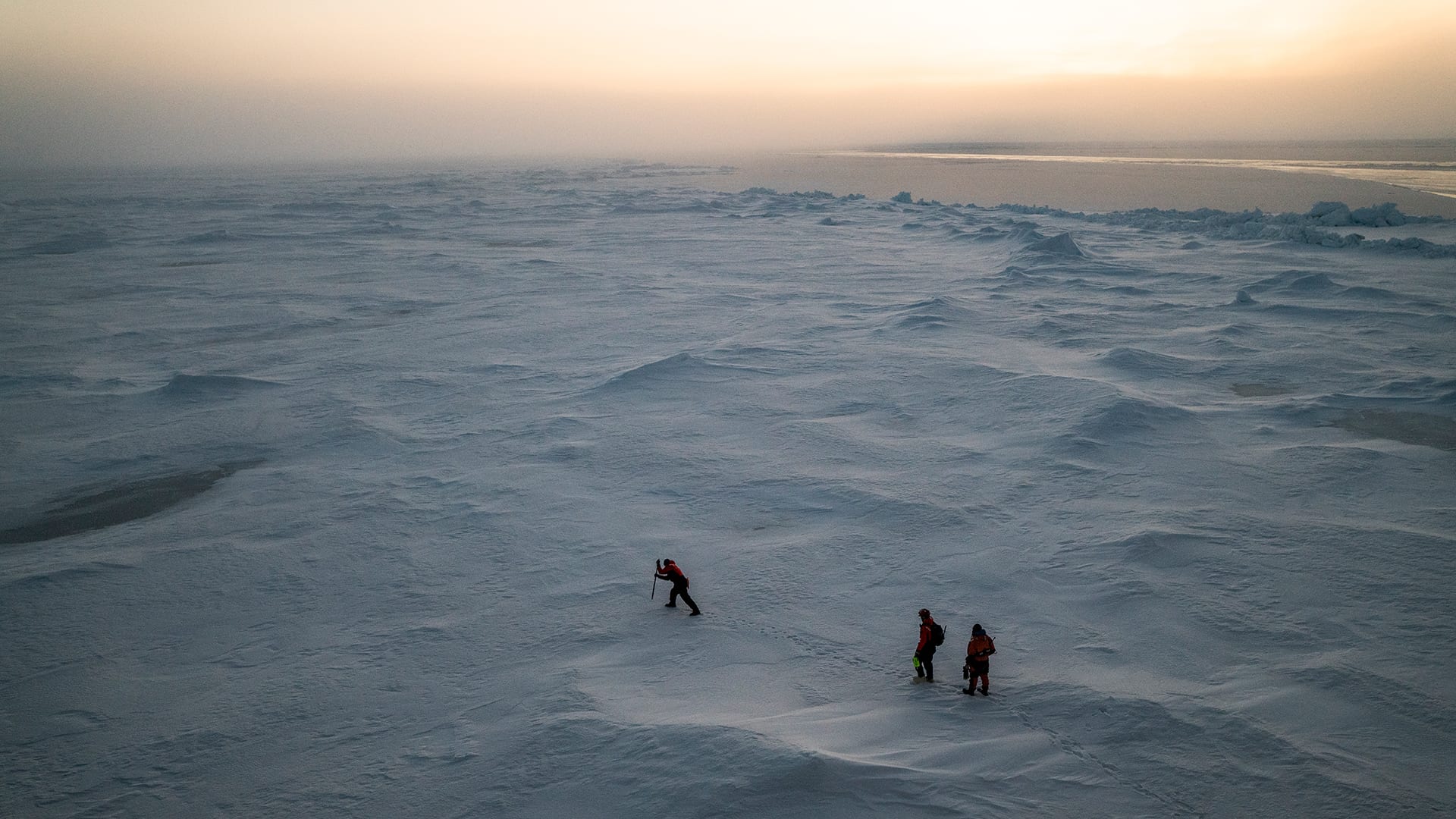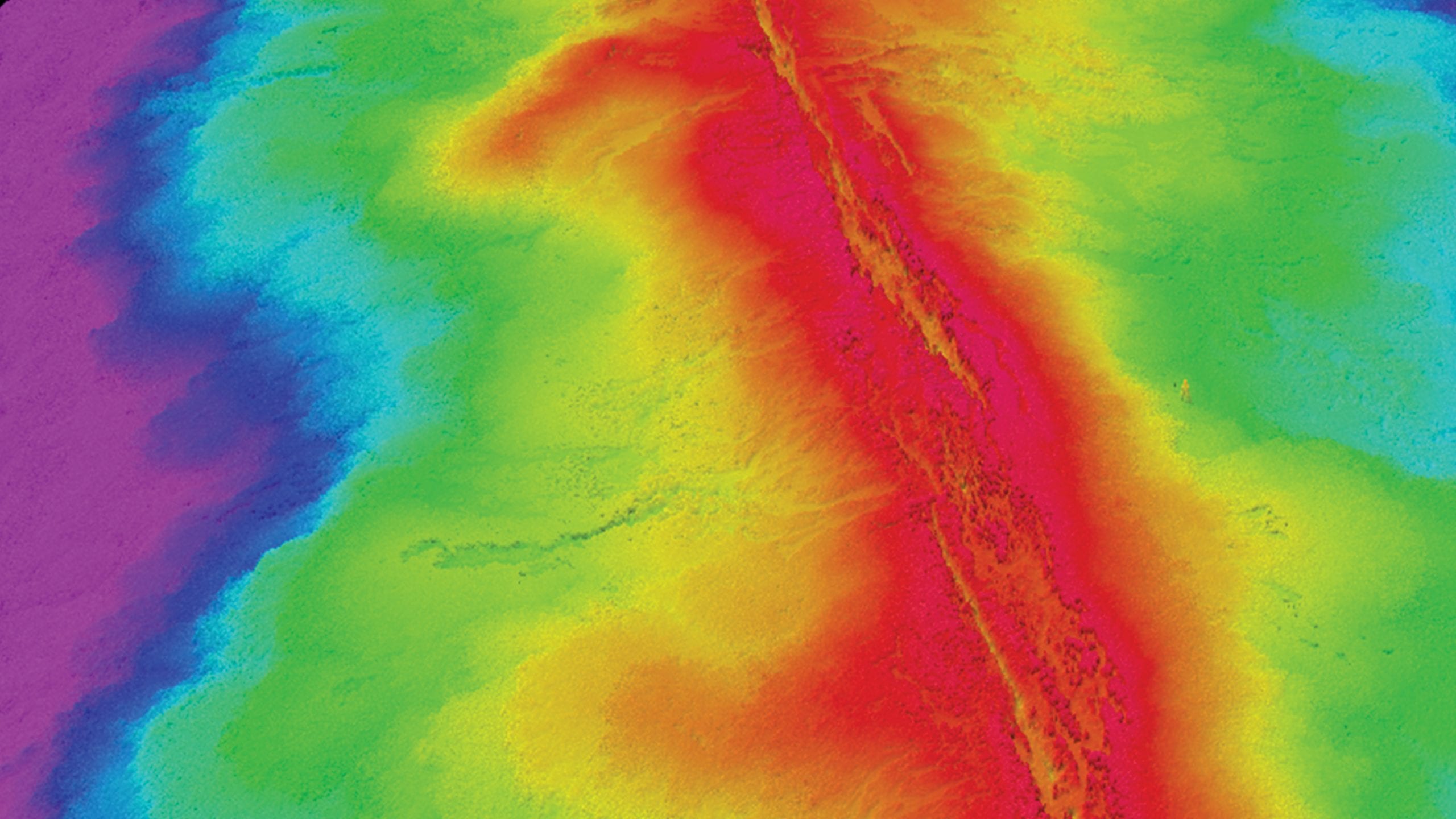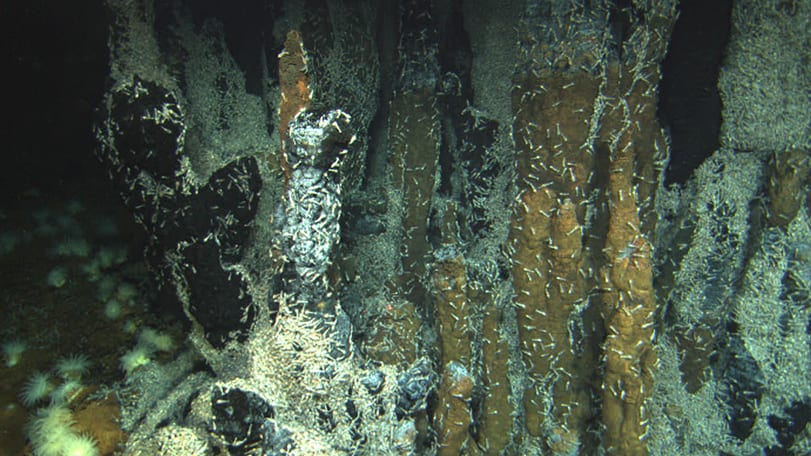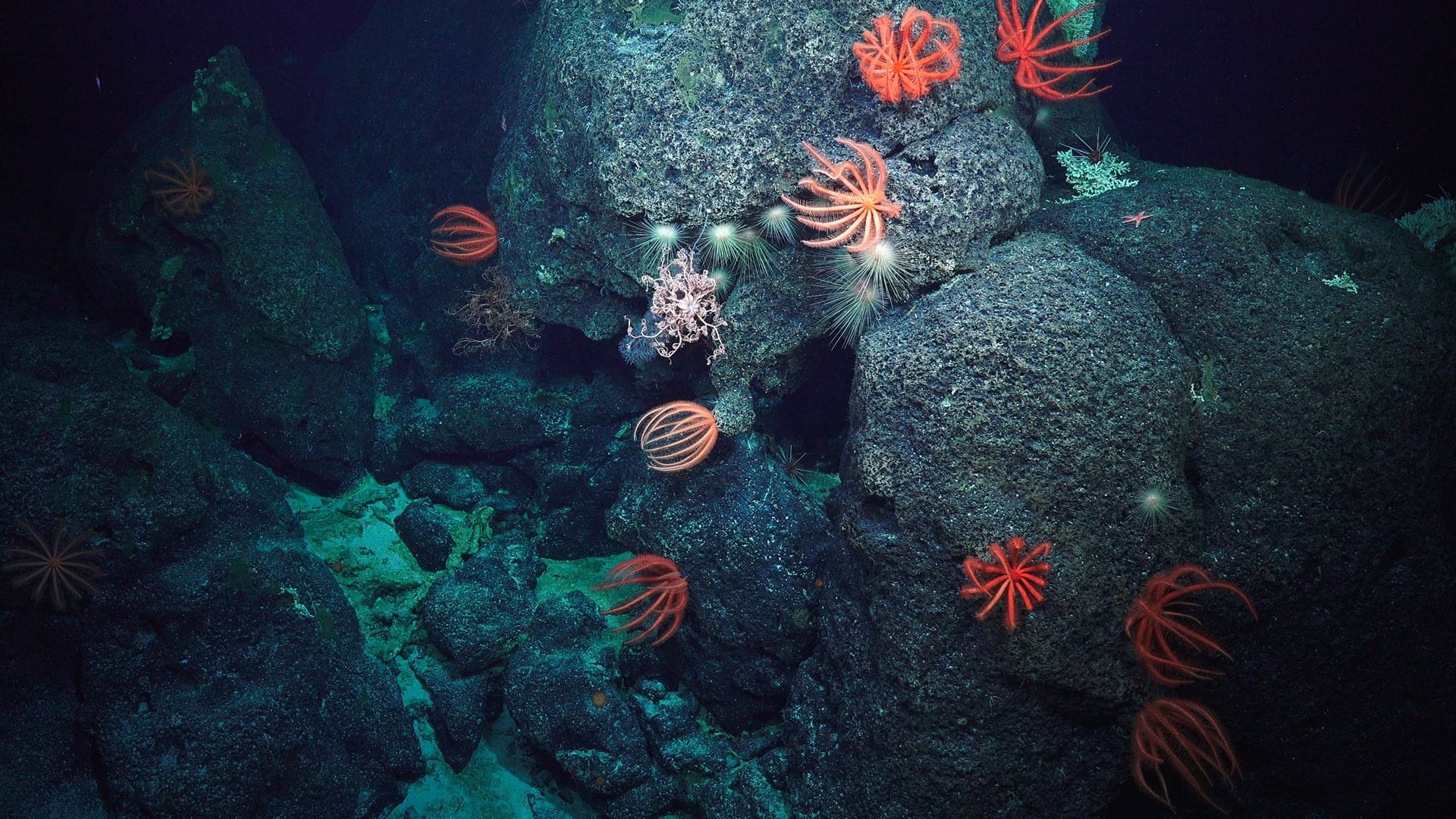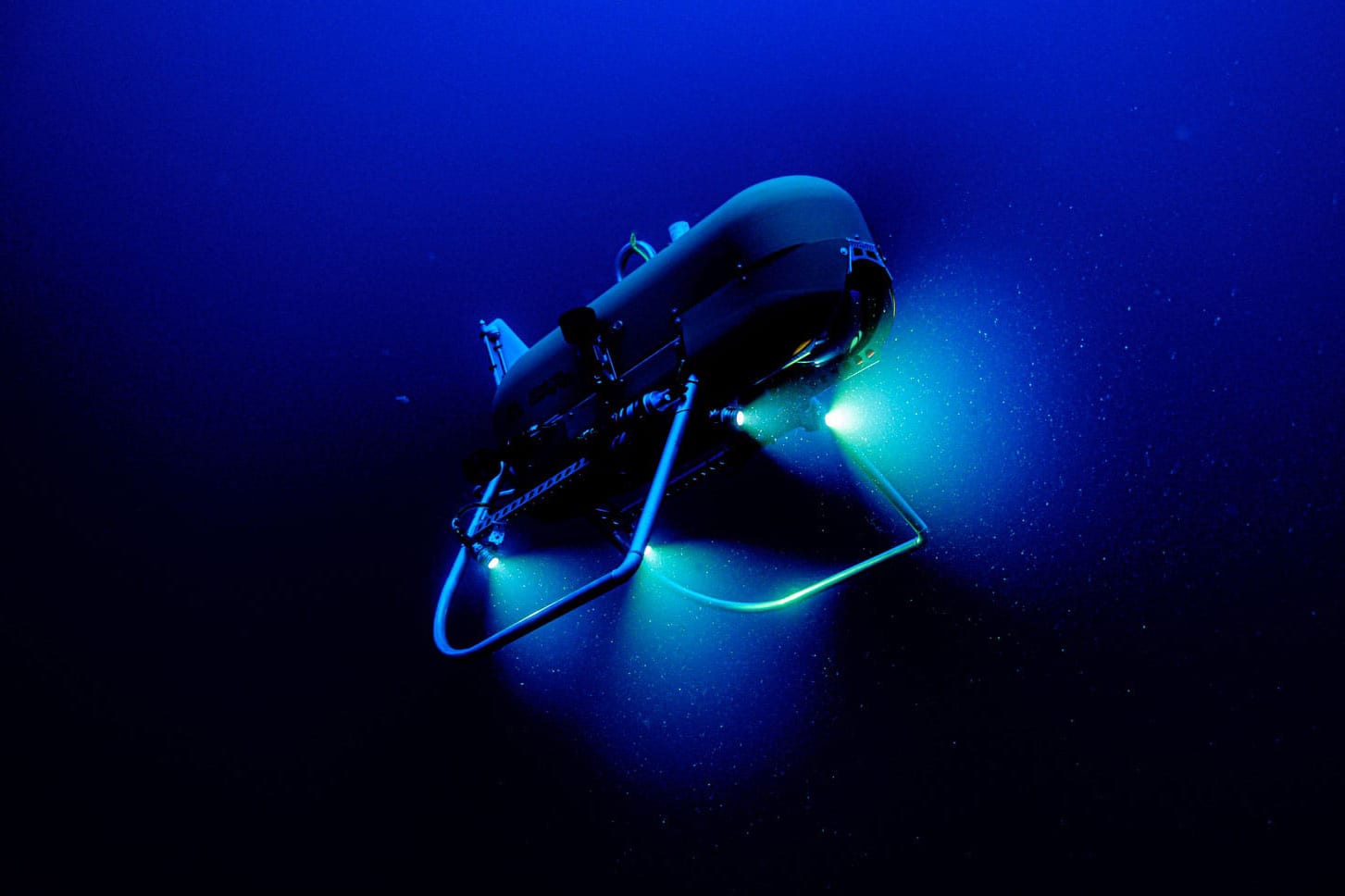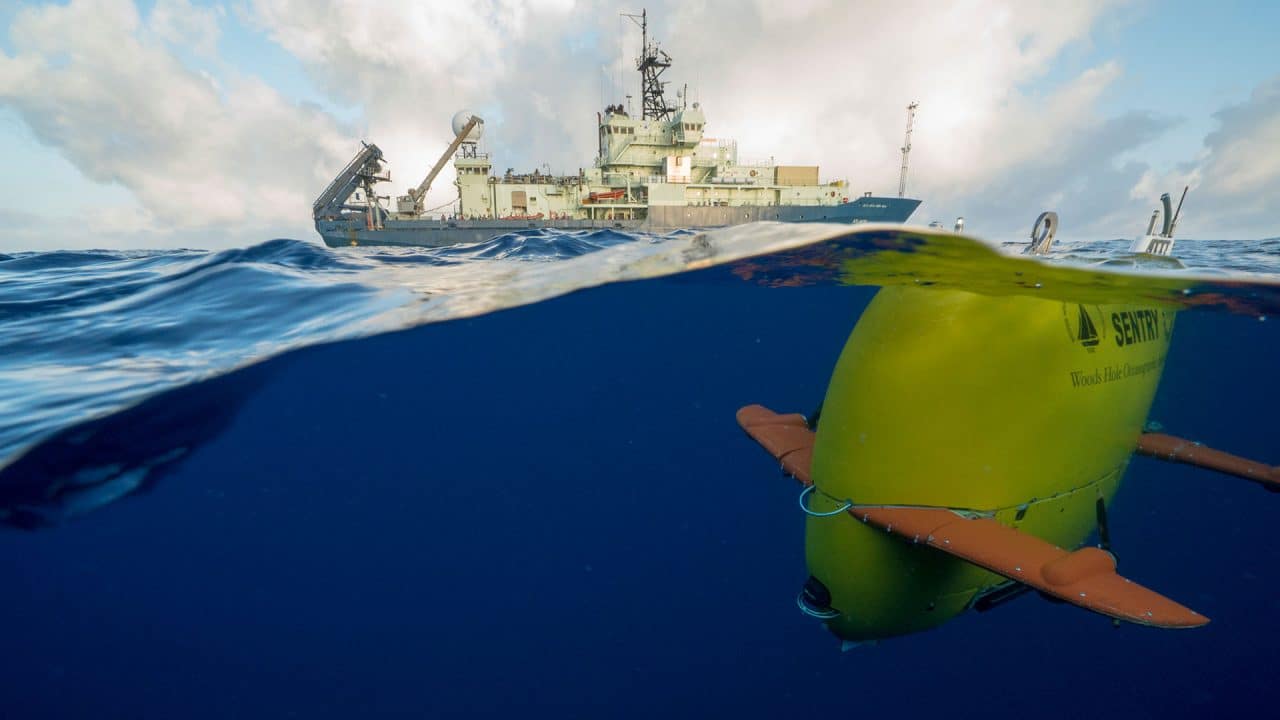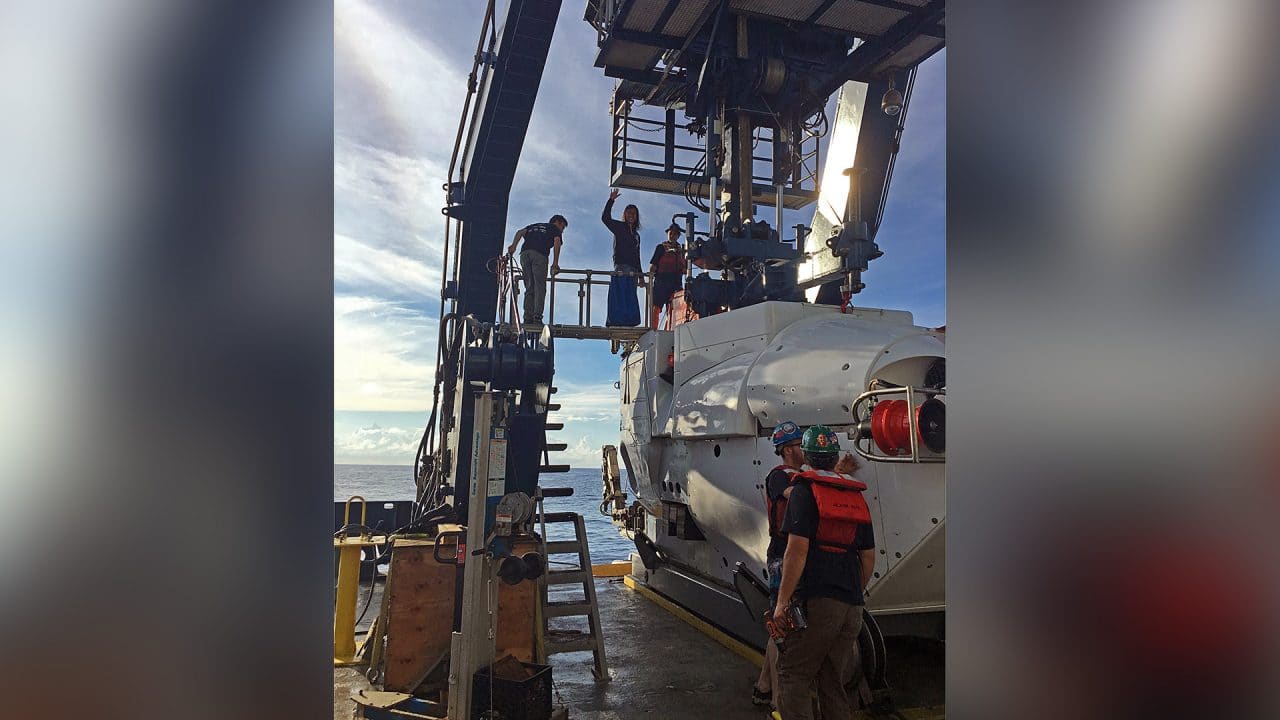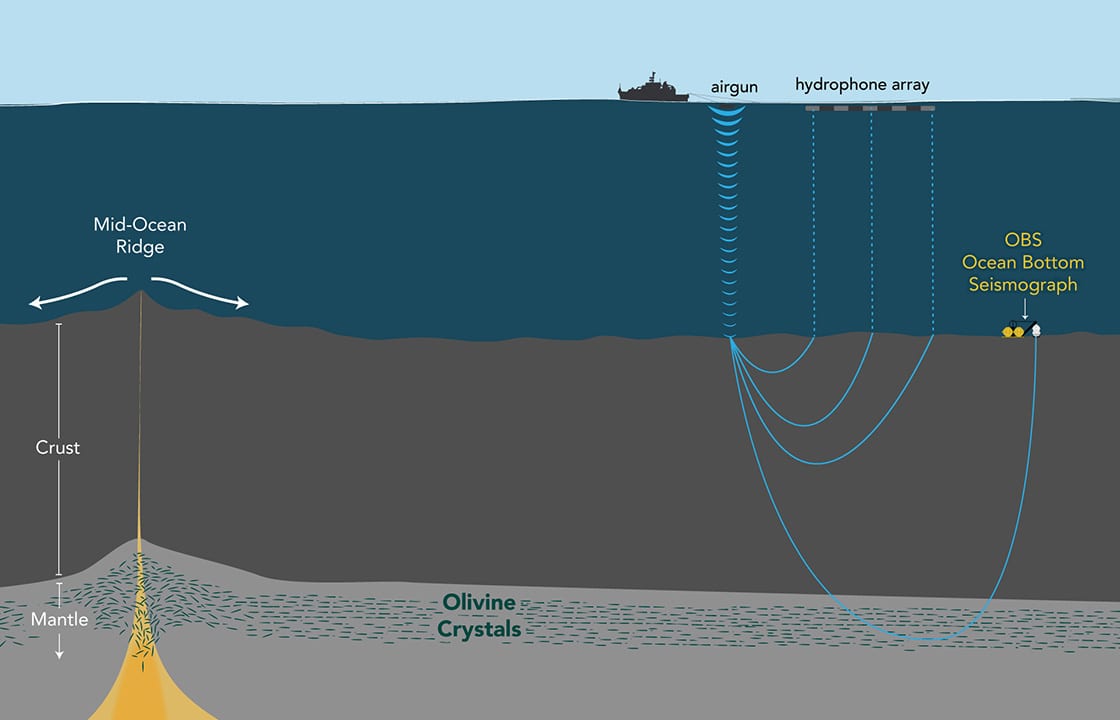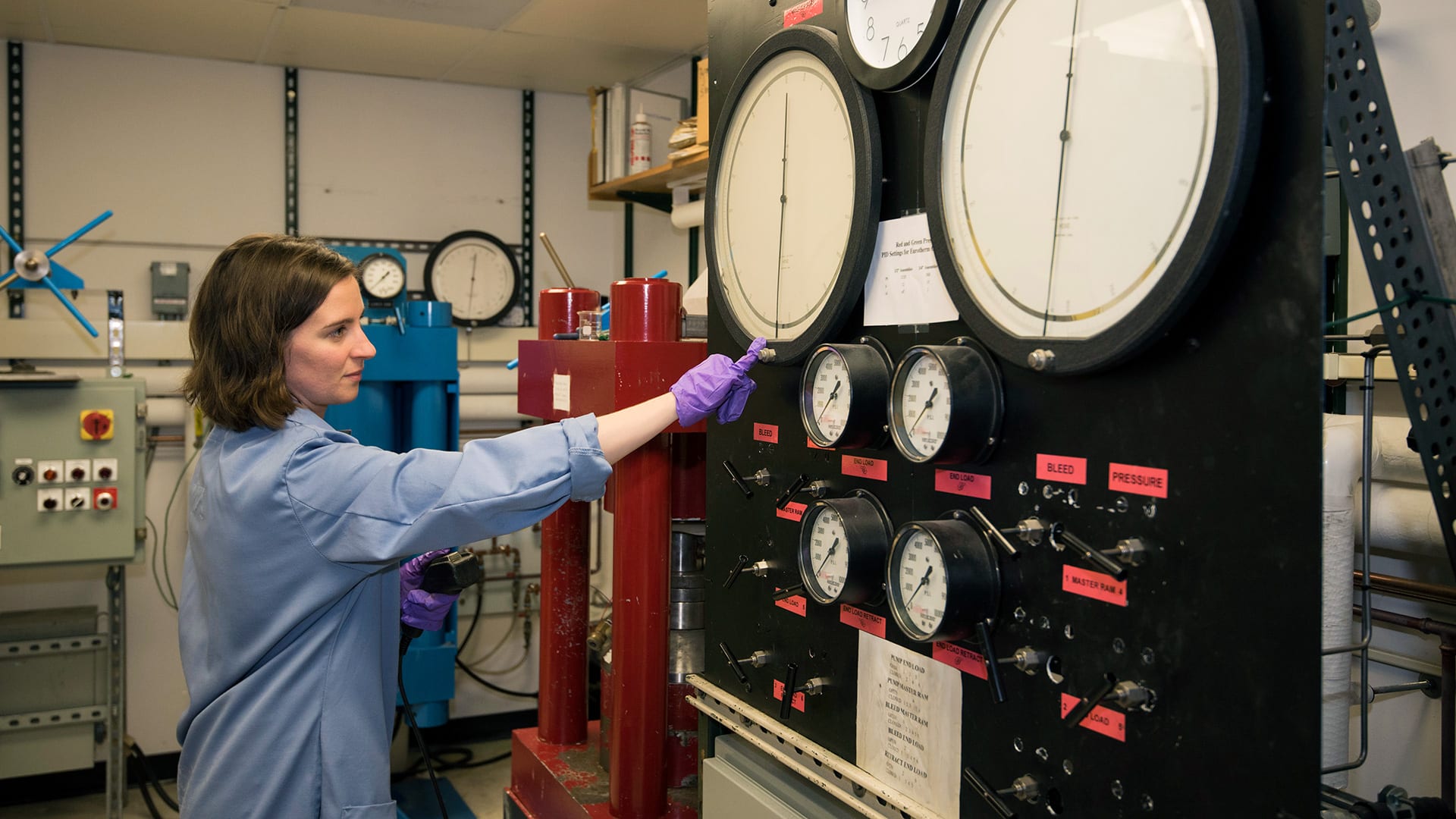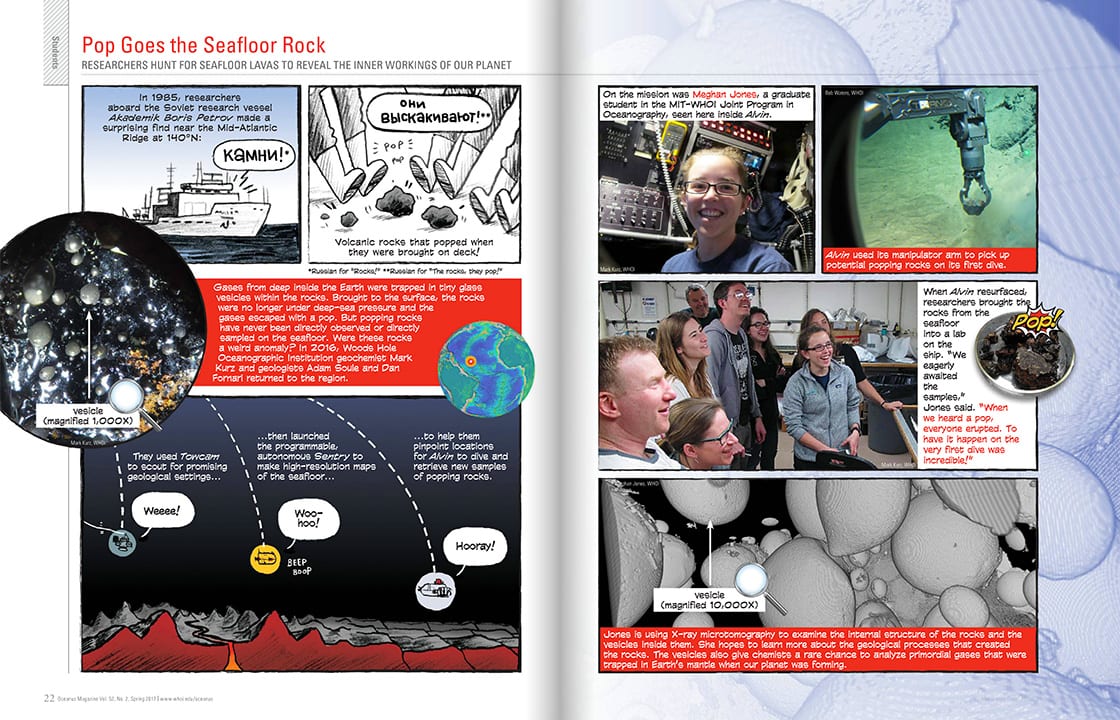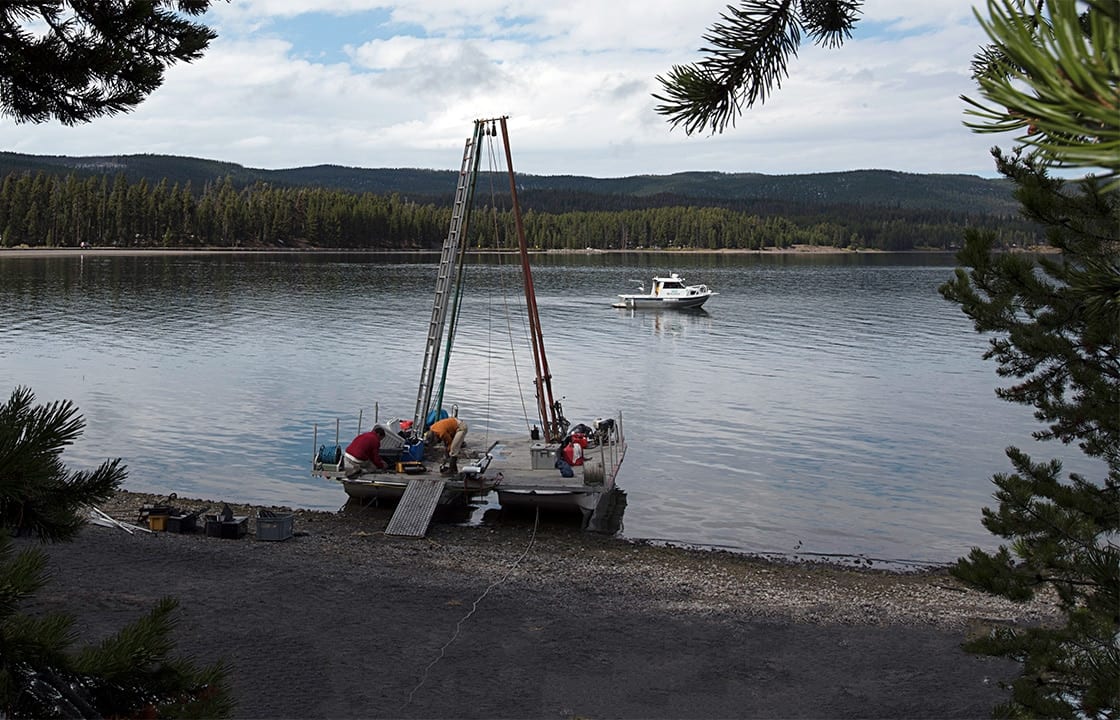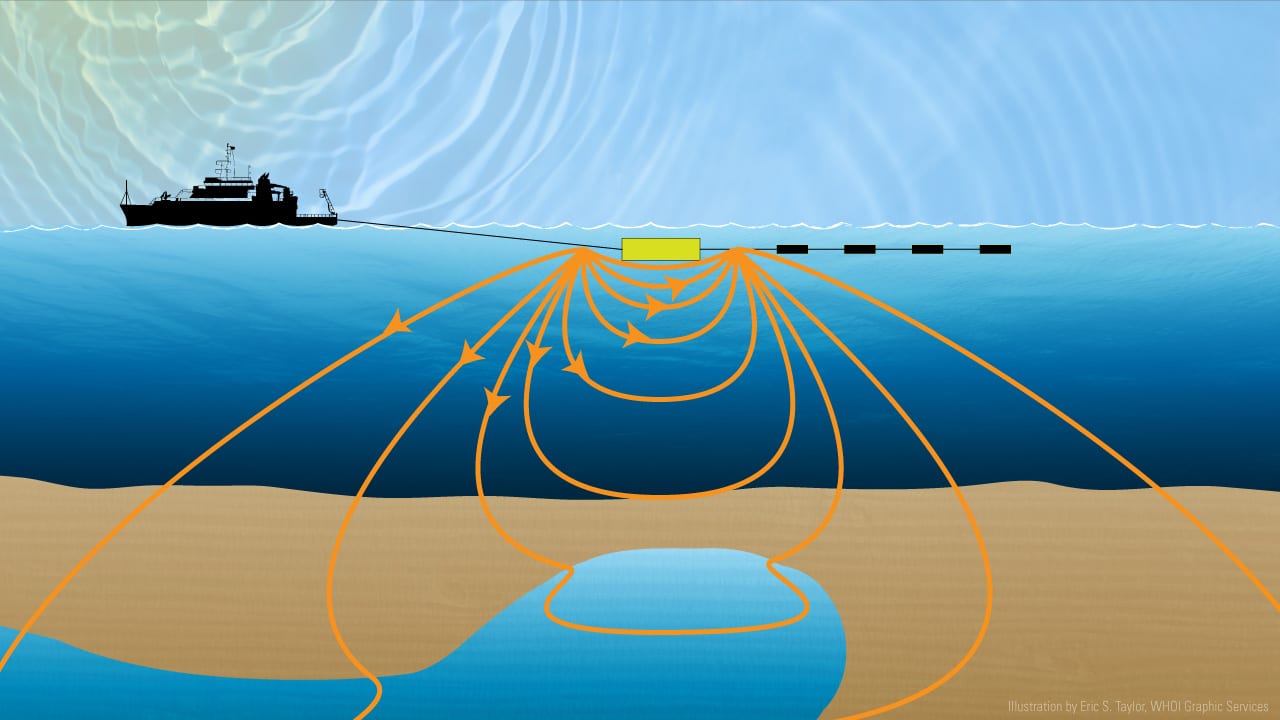Oceanus Online Archive
Our eyes on the seafloor
A Q&A with WHOI marine microbiologist Maria Pachiadaki on sampling the deep ocean with Jason
Read MoreUnlocking the Earth’s time capsule
Mantle rocks and fluids from one of the final expeditions on the R/V JOIDES Resolution will provide insights into how Earth was formed—and maybe how life began—for generations of scientists
Read More3 memorable Jason Dives
Volcanoes, vents, and creatures of the deep through the lens of ROV Jason
Read MoreHow did the ocean remain so quiet during Tonga’s eruption?
Underwater acoustics expert Gil Averbuch teases apart a mystery
Read MoreWith deep-sea mining, do microbes stand a chance?
Scouring the seafloor for precious metals could put marine microbial communities and their ecosystem functions at risk
Read More7 Places and Things Alvin Can Explore Now
With its new depth rating of 6500 meters (4 miles), WHOI’s human-occupied vehicle (HOV) Alvin is set to take scientists places they’ve never explored in person
Read MoreThe story of “Little Alvin” and the lost H-bomb
How the famed submersible found a lost hydrogen bomb in the Mediterranean Sea during the height of the Cold War
Read MoreLife at Rock Bottom
This digital photo essay brings you the forms, figures, and facts of life more than a mile and half deep
Read MoreSpock versus the volcano
Five hundred meters below the calm surface waters of the Aegean Sea off Santorini Island, Greece, lies an active submarine volcano. There, a decision-making robot equipped with artificial intelligence searches for life and danger.
Read MoreFalling in love with deep-sea parasites
At hydrothermal vents there are body-snatchers, intestinal hitchhikers, and chest-bursters, but something about them is still alluring to Lauren Dykman
Read MoreGoing the Distance
Unraveling the mysteries of the vast global ocean means entering some of the most remote and dangerous places on the planet.
Read MoreFive extreme places to do ocean research
Whether they’re under the ice at the furthest poles or hovering above the ocean’s deepest volcanoes, these researchers get the job done.
Read MoreRacing an undersea volcano
Using AUV Sentry to make a high-resolution, near-bottom, seafloor map before the next volcanic eruption at the East Pacific Rise
Read MoreFinding answers in the ocean
The test being used to diagnose the novel coronavirus—and other pandemics like AIDS and SARS—was developed with the help of an enzyme isolated from a microbe found in marine hydrothermal vents as well as freshwater hot springs.
Read MoreWhy we explore deep-water canyons off our coast
WHOI biologist Tim Shank joins NOAA Fisheries, the National Centers for Coastal Ocean Science, the National Ocean Service, and the Mid-Atlantic Regional Council on the Ocean (MARCO) to study the ecological diversity and economic value laden in the 90 underwater canyons along the northeast U.S. continental shelf
Read MoreThe Rise of Orpheus
WHOI’s new deep-sea autonomous underwater vehicle moves one step closer to exploring the hadal zone—the deepest region of the ocean—to search for new clues about the limits of life on Earth, and possibly beyond.
Read MoreSentry Completes Its 500th Dive
WHOI’s free-swimming robot Sentry completed its 500th dive on October 16, 2018, off the Pacific Coast of Costa Rica. The autonomous underwater vehicle has used its sonar systems to help scientists map the seafloor, track the Deepwater Horizon oil spill, locate the voyage data recorder on the sunken El Faro cargo ship, and carry out advanced research on many other missions to help us better understand our ocean and our planet.
Read MoreJourney to the Bottom of the Sea
My eyelids were tightly pressed down as I mustered all the tricks I could think of to get myself to sleep. I rolled around with no sign of getting close…
Read MoreHow Is the Seafloor Made?
An ultrasound for the Earth? Using sound waves, a graduate student peers into the crystalline texture of the tectonic plates that cover our planet’s surface.
Read MoreTaking Earth’s Inner Temperature
Woods Hole Oceanographic Institution wasn’t an obvious fit for Emily Sarafian. “I always felt a little out of place here, because I don’t study the ocean, really,” said Sarafian, a…
Read MorePop Goes the Seafloor Rock
WHOI scientists used the human-occupied submersible Alvin and the autonomous underwater vehicle Sentry to explore a surprising discovery: gas-filled volcanic rocks on the seafloor that “pop” when brought up to the surface.
Read MoreThe Hot Spot Below Yellowstone Park
WHOI scientist Rob Sohn brought an arsenal of deep-sea technology normally used to explore the seafloor to the bottom of Yellowstone Lake, where a team of researchers investigated the subsurface geothermal activity hidden from view in the national park.
Read MoreFresh Water Below the Seafloor?
Using a new method to distinguish fresh water from oil or salt water, scientists are exploring beneath the continental shelf off New England to look for large pockets of trapped fresh water. This water may be continually filling from groundwater flowing from land or, alternatively, may have been left behind by ice ages glaciers.
Read More